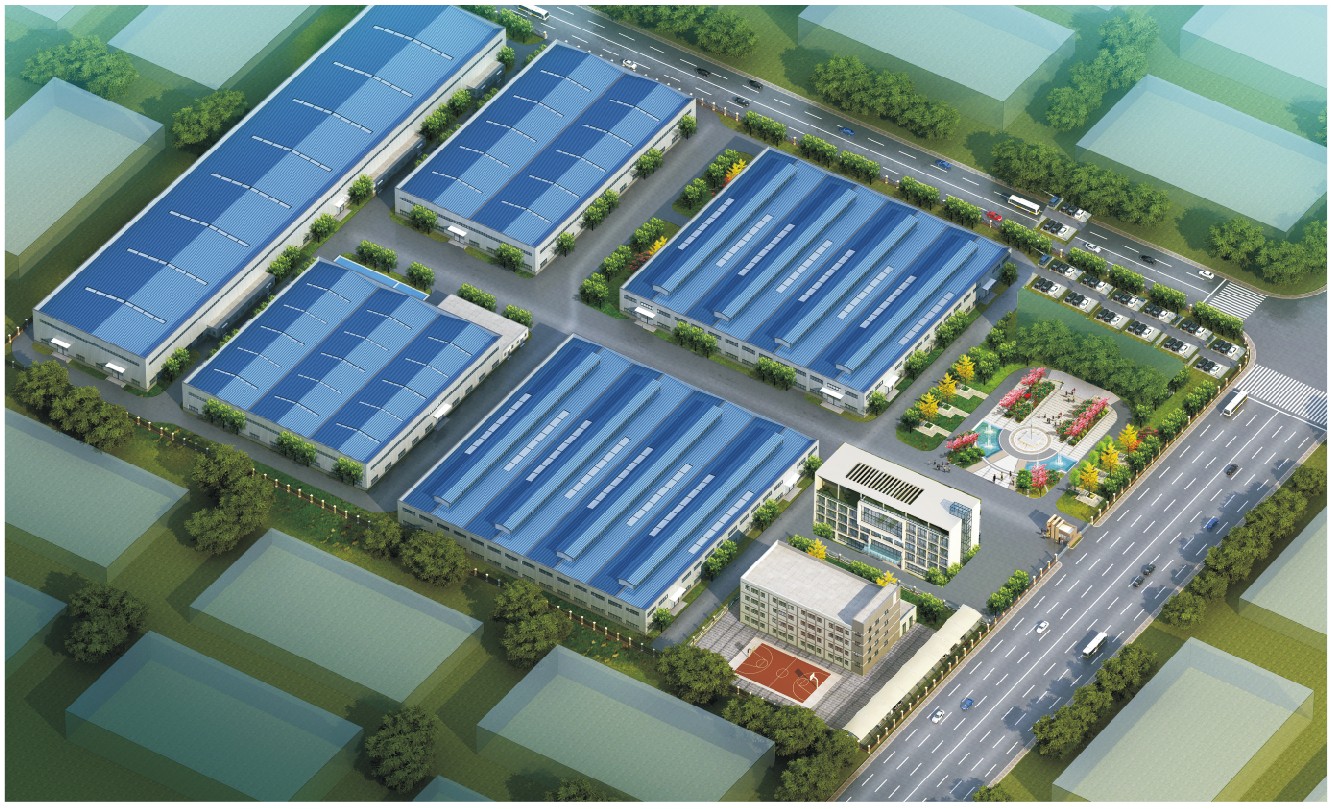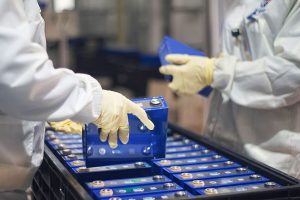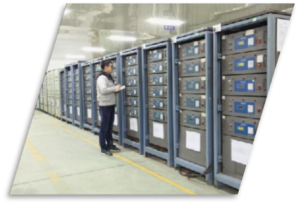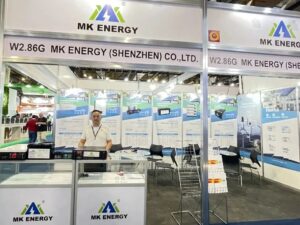What are the advancements in Battery Solutions Provider Factory?
As a professional battery solutions provider factory, Mk Energy uses continuous innovation every year to produce energy storage batteries that better meet user needs. In this article, I will tell you what technological advancements we have made compared to the past 20 years, from material science to manufacturing processes, to provide energy storage solutions suitable for users.
Battery Solution Provider Factory: Using Advanced Battery Materials
As a battery solution provider with many years of experience, we adopt advanced battery materials and continuously conduct research and development to explore new materials with improved electrochemical performance, durability, and safety characteristics. Innovations in cathode and anode materials, electrolytes, and separators help achieve higher energy density, faster charging times, and longer battery life.
Cathode materials are often based on lithium-ion technology, which continues to advance to increase specific energy and energy density. NCM, LiFePO4, and other materials have been optimized to balance performance and safety to meet diverse application needs. Significant improvements in energy storage capacity are expected for anode materials, especially silicon. However, challenges related to volume expansion during charge and discharge cycles can be addressed through innovative designs and material combinations. Compared with the past, we have improved the safety of solid electrolytes and achieved higher operating temperatures. There have been advances in short-circuit separators between the cathode and anode, enhancing their thermal stability and mechanical strength and contributing to battery safety and reliability.
Battery Solution Provider Factory: IoT Integration
Mk Energy has transformed from a traditional battery solution provider factory into a highly efficient and intelligent factory, the core of which is the widespread implementation of IoT technology. We strategically place connected sensors and devices throughout the factory, creating a network that facilitates real-time data collection and communication. These sensors monitor every aspect of the manufacturing process, from raw material storage to the assembly line, enabling data-driven decision-making.
We use the Internet of Things to achieve predictive maintenance. Sensors continuously collect equipment performance data, detecting anomalies and potential issues before they cause failure. This predictive capability can minimize unplanned downtime, improve equipment reliability, and ultimately improve overall manufacturing efficiency and faster delivery times. The push by Industry 4.0 improves product consistency, reduces waste, and improves energy efficiency in the battery manufacturing process.
Advances in battery energy density
Our progress in improving battery energy density depends on optimizing electrode materials. Innovations in cathode and anode materials, such as high-nickel chemistries and advanced lithium-ion technology, help increase energy density. These materials can store more energy per unit volume or weight, improving the battery’s overall performance.
Cathode materials such as NCM and NCA continue to develop to provide higher specific energy, allowing batteries to provide more power in a given volume. Likewise, anode materials including silicon and lithium titanate, help increase energy density while addressing challenges such as volume expansion during charge and discharge cycles. In addition, our improved electrode coatings, precision engineering, and enhanced manufacturing techniques minimize internal resistance, optimize ion flow, and increase active material utilization. Together, these improvements result in batteries delivering higher power output while reducing size and weight.
Customization beyond traditional batteries
In terms of battery services, compared to traditional battery solution provider factories, we go beyond conventional battery factories by implementing customized solutions. We can design batteries with specific energy and power characteristics, by adjusting the composition of cathode and anode materials, electrolytes, and cell configurations to achieve the desired performance metrics. This level of customization allows for the creation of batteries optimized for different applications, from high-power electric vehicles to long-term energy storage systems.
Capacity customization is another crucial dimension. As a new-generation battery solution provider, the factory can provide batteries of different capacities to meet other energy storage requirements. We can also design cells and battery packs with different voltage outputs, ensuring compatibility with various electronic devices and applications. The form factor allows us to manufacture cells in multiple shapes and sizes, thus facilitating seamless integration into different devices or structures by customizing security features to meet the specific needs of other industries.
Global Impact
As the world continues to support the development of energy storage batteries, the factory is also laying out the global market to increase its global influence as a battery solution provider. In 2023, we participated in the “The Smarter E South America” energy exhibition and the “North America RE+ 2023” energy exhibition. Impacting various industries and sectors through our innovation, technology, and production of advanced energy storage solutions. We are actively playing a role in shaping the global landscape of clean energy, transportation, and electronics.




